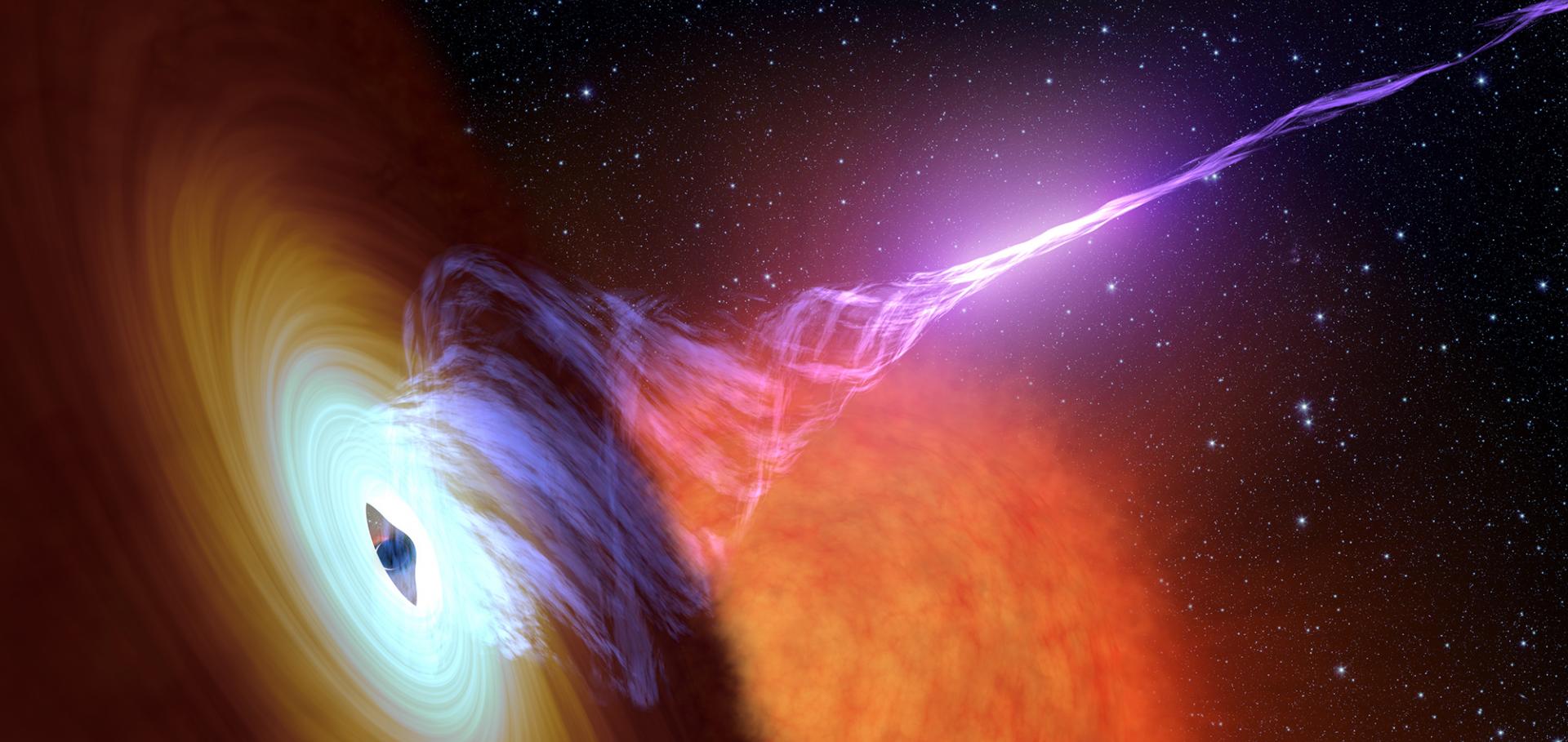LOFAR 144-MHz follow-up observations of GW170817
Monthly Notices of the Royal Astronomical Society Oxford University Press (OUP) 494:4 (2020) 5110-5117
Radio afterglows of Very High Energy Gamma-ray Bursts
Proceedings of the International Astronomical Union Cambridge University Press (CUP) 16:S363 (2020) 220-223
Relativistic X-ray jets from the black hole X-ray binary MAXI J1820+070
Astrophysical Journal Letters American Astronomical Society 895:2 (2020) L31
Abstract:
The black hole MAXI J1820+070 was discovered during its 2018 outburst and was extensively monitored across the electromagnetic spectrum. Following the detection of relativistic radio jets, we obtained four Chandra X-ray observations taken between 2018 November and 2019 June, along with radio observations conducted with the Very Large Array and MeerKAT arrays. We report the discovery of X-ray sources associated with the radio jets moving at relativistic velocities with a possible deceleration at late times. The broadband spectra of the jets are consistent with synchrotron radiation from particles accelerated up to very high energies (>10 TeV) by shocks produced by the jets interacting with the interstellar medium. The minimal internal energy estimated from the X-ray observations for the jets is ~10^41 erg, significantly larger than the energy calculated from the radio flare alone, suggesting most of the energy is possibly not radiated at small scales but released through late-time interactions.A tidal disruption event coincident with a high-energy neutrino
(2020)
Relativistic X-ray jets from the black hole X-ray binary MAXI J1820+070
(2020)


